How has the safety pro’s job changed?
Industry veterans share their experiences
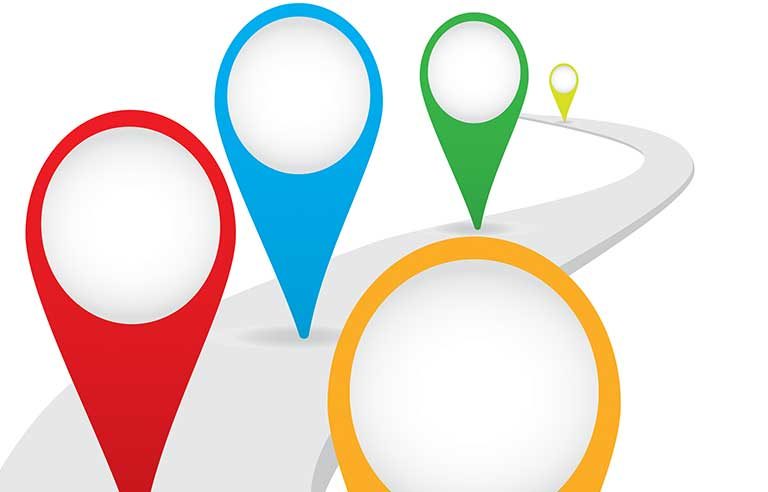
Richard Fairfax believes the advent of safety management systems is one of the most significant changes the safety and health field has seen in recent history.
A journeyman pipefitter/welder who later went on to a long career at OSHA, Fairfax is now principal consultant for NSC Networks at the National Safety Council.
“We still have a ways to go into a risk-based safety and health management system approach where you’re looking at the systems that go on at a site as opposed to, ‘Well, that machine wasn’t guarded. That’s a violation,’” Fairfax said.
“Now, we are into, ‘Well, why wasn’t it guarded? What happened?’
“I think it’s going in a good direction.”
Safety+Health reached out to a group of veteran safety professionals to ask: How has the job changed? What’s made your job easier – or more difficult – during your career? From technology and compliance to training and mental health, here’s what they had to say.
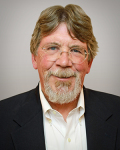
Richard Fairfax
Principal Consultant for NSC Networks, National Safety Council
The equipment today is far more sophisticated than it was back in the 1970s. The equipment one uses to measure, detect and analyze is really good.
I go back 50-plus years in the field. You can almost divide it into segments. A lot of people use the terms Safety I vs. Safety II or the “new safety” vs. the “old safety.” Safety I and the old safety are kind of the same thing. Back in the ’70s and through the ’80s, in my opinion, it was more compliance oriented. “OSHA requires this. Do we have it in place?” Or, “There’s a state requirement for this or that. Do we have it in place?” That’s what the safety and health people were focusing on.
Things started changing in the late 1980s and early 1990s, when the concept of safety management systems came into play. That actually outlined a program and procedure. You had the management commitment, employee involvement, training, hazard identification and then the hazard correct. The compliance part is always there. It’ll always be there. But with safety and health management systems, that started the change that we’re in today. The profession went from compliance oriented to risk-based orientation.
More safety and health professionals now, particularly with mid- and larger-sized employers, are focusing on risk. They’ve still got to deal with compliance as long as OSHA is focused on compliance. But they’re getting into that risk-based assessment. We’re still moving.
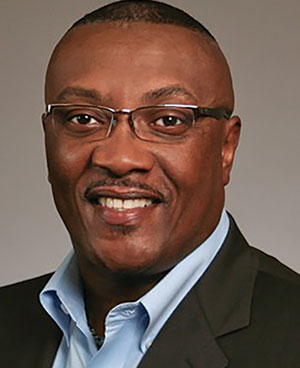
Jack Jackson
Senior Safety Consultant, SafeStart
What has changed more than anything is we have become more proactive now versus reactive. We used to react after something happened. Now we’re looking at behaviors that lead up to an incident, and I think that’s helped us a lot to reduce the number of incidents.
Technology has made it a whole lot easier for us – easier to track, easier to recall, easier to look things up. I remember when I first started, everything was handwritten, and you had to remember where you put this or that and have a real good filing system.
The old attitude has probably made it harder. The attitude of “It’s not going to happen to me” or “I’ve been doing it this way for years.” Some of the younger workers think they’re 10 feet tall and bulletproof and they’re not going to get hurt.
We’d be remiss if we didn’t talk about what COVID-19 has done to us. From a safety standpoint, we always talked about health, but I don’t think health was as big as it is now. That’s for the better. You’ve probably got more handwashing stations than eyewash stations in workplaces now.
Another thing is that mental health is real. We have to look at that as a concern. Active shooter and workplace violence scenarios are something we have to prepare for. It’s sad, but it’s true.
One of the things that would help is if we teach our managers and supervisors the soft skills to start talking to people when they look like they may be having a problem. Don’t just look at them as, “Are they getting their work done?” Talk to them: “What’s going on in your life outside of work?” It may open up some doors for a worker to at least start to talk about it.
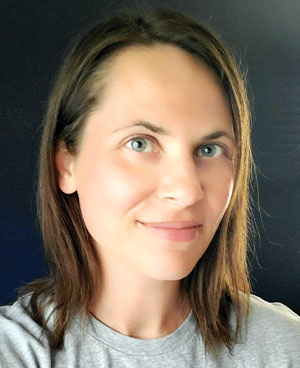
Abby Ferri
Chief Risk Officer, Insurate
My mind goes to technology adoption. With technology and using new technology tools, the cool thing is you don’t have to go in step form. You don’t have to have suffered through the early version of some app or software platform. You can jump right in and enjoy their latest version. It’s a great time to jump into technology for safety management.
I feel a little bit cynical that during the COVID-19 pandemic I thought, “Oh, this is a great opportunity for safety pros to stand out and be that trusted leader.” But a lot of safety pros were relegated to temperature checking and logging whatever we were logging back then. That didn’t help the progression of the professionalism of what a safety person does.
It feels that there are still many organizations that don’t quite understand what to do with the safety pro. Is it educating the employers and educating that C-suite? Or is it educating safety pros to influence in different ways that make them a more meaningful part of the business? I’ve seen, with environmental, social and governance and those initiatives, or with security and cyber liability, those types of concerns are becoming more of an issue to businesses, and they’re just not quite sure who to throw this at. Sometimes they throw it at the nearest safety pro.
I’m the kind of person that says, “Yeah, I’ll do that. I want to prove my value to an organization.” Do I know what I’m getting myself into? No. But there’s training for that. I can expand my skill set. That’s where, with a lot of safety pros, we might be doing ourselves a disservice. It’s good to look at diversity, equity and inclusion as what we’ve been missing for so long. If we didn’t have diverse perspectives, we’re not going to get some of these other answers or solutions. It slows your business down.
I really do believe in the “If you can see it, you can be it” type of thing. Before I even went to college, my dad partnered me with a safety manager at the paper mill he worked at – a woman. Very uncommon in northern Minnesota. I job-shadowed her for a few days. Looking back, it was very empowering because I got to see someone who looked like me doing something that I thought then I could do.
It’s still a huge responsibility for all of us to make sure we have different perspectives represented.
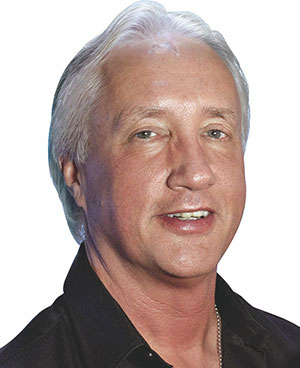
Richard Hawk
Professional Speaker, Author, Columnist and Podcaster
When I returned to the nuclear industry in January 2022, it had been over 30 years since I was a full-time safety and health pro. Some changes were blatant and mostly good, but a few were more subtle and sometimes disturbing.
Testing, surveying and monitoring instruments I often use were surprisingly improved. Many of the analog and even mechanical devices have been replaced with more sensitive and accurate digital versions. It was a bit of a learning curve, but not too bad because many of the tools did the work for you.
Smartphones are a vital communication instrument not even dreamed of in the 1980s. Today, I take pictures of equipment and areas that I used to have to draw (and I’m a lousy artist!). I use mine several times a day to look up safety regulations and other requirements. The downside to smartphones is something that now permeates our work and home life: distraction.
At the three power plants where I worked, safety and health were more at the forefront than in the ’80s. Every morning, we spent at least 10 minutes discussing a safety and health topic, and before any significant or new operation, we had a “Take Two” briefing. They were better and more in-depth than I remember, which is a pleasant surprise.
Another change is that health – particularly mental health – is being taken more seriously. A few health-related topics we discussed in our meetings were depression, anger, how to get better sleep, problems at home affecting your concentration and healthy eating habits. Of course, we spent time on traditional safety topics, but much more time was spent on health than I remember.
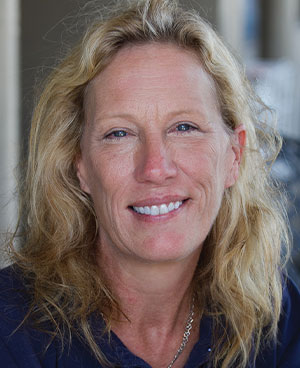
Julie Carter
Director of Safety, Roy Anderson Corp. Contractors
Over the past 20 years or so, we really were making the change to proactive and people-based safety. With technology coming in and everyone using apps, we seem to be going back toward more checklist safety. Technology is wonderful if used right.
Recently, I had one of our folks do a safety walk and he was on his phone clicking the boxes. I asked, “Are you talking to people? Are you coaching, mentoring? Or are you just auditing?” Technology can be good. We have used BIM (building information modeling) at the start of projects to determine where we might run into fall hazards before they’re actually there. That’s a benefit of technology. Instant communication is good.
Then, on the downside, we have to monitor folks and say, “Hey, get off your phone.”
The role that the safety pro plays has changed somewhat from being the safety cop to being the safety coach. Management staff and frontline supervisors and middle management folks are starting to catch on a little bit more to safety. There’s still a “production, production, production” focus. They’re starting to see the value in it more than they have in the past. We have a lot of supervisors now getting their own safety training and their own safety certifications. That’s kind of cool.
If you’re a strong safety pro, I think you can change the culture of the company you’re working with instead of just collecting a paycheck. But it takes effort. It takes time.
When I started in this business, it wasn’t very common to have a woman in construction safety on the jobsite. I think women make great safety pros because we analyze things a little differently. I think there will be more women coming in. It’s a great career. Whatever barriers were in place 20 or 30 years ago, a lot of those have just gone away. Maybe we took a sledgehammer and broke them down.
The work world has changed. Gaining more respect and gaining more credibility has been invaluable. People actually want my opinion. They call me for advice if they have a safety question. It’s great that my input has value to them.
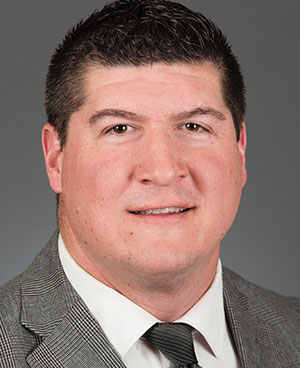
Nick Kielbania
Director, Environmental Health and Safety, Boston Children’s Hospital
I’ve been in health care safety since 2000. I remember when I started at another local hospital, our main job was fire drills, patient care audits and filing Material Safety Data Sheets, along with disposing of some hazardous waste.
Two decades later, it’s amazing the amount of program oversight that we’re required to have. There’s been a lot of regulatory changes over the past 20 years, a lot more regulatory complexity. A lot more scrutiny from different auditing agencies. The auditors seem like they’re here on a routine basis.
It seems like we’re always on the go. Technology has increased. Everyone’s got a smartphone. You’re on call 24 hours a day. There’s so much going on that it’s hard to disconnect.
Our organization has made it a corporate goal to reduce our DART (days away, restricted or transferred) rate. We’ve had that goal since 2018. We’re seeing a lot more injuries, and it’s not just physical harm. It’s mental anguish as well. It’s that traumatic, psychological effect that staff have.
Obviously, technology has changed. You can have software packages that are great at organizing when equipment is due to be tested, giving you reminders and helping you keep it all online. There are things that we’ve used that are great for chemical inventory.
We’ve been building our own web-based safety application. We’ve started to move a lot of the paper permitting processes, like our preconstruction risk assessments and our hot work permits. Everything that used to need to be signed off by paper, by hand, that would take hours and hours and hours. Every single user who has to sign off on the permit now has access.
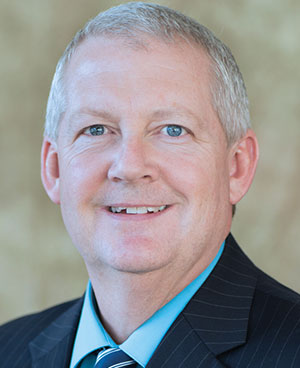
Bob McCall
Director of Safety, Master Builders’ Association of Western Pennsylvania Inc.
The safety profession has evolved from one where everything begins and ends with regulatory compliance to now requiring a focus on creating a culture of caring that acknowledges our employees’ total well-being is vitally important. The physical safety of workers will always be the highest priority of the safety profession, but our role is no longer focused on being the heavy-handed rules enforcer.
It’s more about being an essential member of a team who not only addresses an employee’s occupational safety and health, but also their physical, mental, emotional, spiritual, environmental and social wellness.
We now realize that problems outside the gate will find their way into the workplace and create a level of impairment that has a significantly negative effect on safety and productivity.
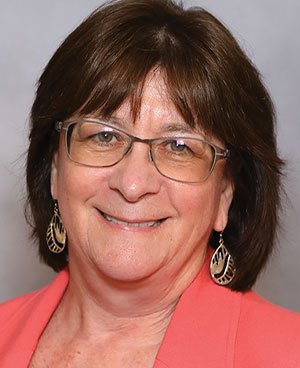
Pam Walaski
Senior Program Director, Specialty Technical Consultants Inc.
I see two main themes emerging. First is the need for occupational safety and health professionals to be so much more nimble in their skill set. The way in which we work has changed so much, including the use of wearable technology, robotics, artificial intelligence and nontraditional workplaces (i.e., home), that it requires we relearn, relearn again and constantly adapt.
I’ve also seen some changes in the overall responsibilities of OSH pros, including the addition of areas like sustainability, psychological safety and total worker health.
Although we have always needed to be able to communicate effectively with the C-suite, that need has really moved front and center. All of these changes have led to being able to learn quickly and figure out how to apply the new concepts in our unique organizations.
The second theme is something I’ve been heavily engaged in, and that’s what I call emerging approaches that are less focused on compliance with regulations and more focused on reducing risk and developing effective management systems, whether based on a standard like ANSI/ASSP Z10-2019 or an organization’s own way of working.
Some of the emerging approaches also change the way OSH pros interact with the workforce, seeing them as solutions to be harnessed rather than problems to be solved, in the words of Todd Conklin. We’re learning to build on the strengths that workers bring to their day-to-day work and focus on how to empower them using approaches such as human and organizational performance and “safety differently.” These approaches are really changing the way we view ourselves. No longer are we “compliance officers” or “safety cops,” but more trusted advisors and partners, working together to solve problems.
These themes are challenging me to look at my role in a new and different way than I was taught 30 years ago. I find this evolution to be exciting and refreshing.
Post a comment to this article
Safety+Health welcomes comments that promote respectful dialogue. Please stay on topic. Comments that contain personal attacks, profanity or abusive language – or those aggressively promoting products or services – will be removed. We reserve the right to determine which comments violate our comment policy. (Anonymous comments are welcome; merely skip the “name” field in the comment box. An email address is required but will not be included with your comment.)

